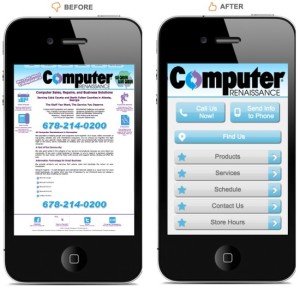 Pay-per-click (PPC) ads allow you to create highly targeted advertising campaigns in an effort to reach your most valuable customers online. These paid search ads get your message in front of the right customers at the very top of search engine results pages.
Pay-per-click (PPC) ads allow you to create highly targeted advertising campaigns in an effort to reach your most valuable customers online. These paid search ads get your message in front of the right customers at the very top of search engine results pages.
When a potential customer enters a search query and your ad appears, it may be the first time they see or hear about your brand. Make a great first impression by crafting ad copy that introduces your offer to a customer, but also compels them to visit your website. Capturing their attention, enticing them with your offer, and providing them with the necessary steps to convert all begins with your ad copy. By following these six tried-and-true tactics, you can write great copy that compels your audience to click:
- Be Relevant: Relevancy begins with an optimized campaign that delivers your message to the right audience. However, your ad copy is also critical in gaining relevance with potential customers. Your ad should match the keyword theme in its corresponding ad group and the copy you’re using should match the landing page users are directed to after clicking an ad. The more your ad matches the searcher’s intent, the more likely they are to click through to your website.
- Keep it concise: With character limits in ad headlines and descriptions, you don’t have much room for wordy messaging. Be concise and to the point. Stick to your message and don’t try to cover too much information in one ad.
- Share Your Unique Value: After grabbing the searcher’s attention with the headline, share something that makes you stand out from the competition. Why should the potential customer buy your product or use your service? Include promotions, exclusive offers, or other competitive differentiators to encourage users to click.
- Guide with a call-to-action:Tell the user what you want them to do after getting to your site with a call-to-action that drives click-through and conversion rates. Using phrases like, “buy now” or “contact us” will help guide your visitors to complete the action you want after getting to your site.
- Enable Ad Extensions: Your headlines are the most important part of your text ads. Ad extensions complement the headlines and improve overall click-through rate. Extensions like sitelinks, call or location extensions, and user reviews/ratings provide relevant messaging that gives searchers more information about your business.
- Test and Refine: Writing great ad copy that resonates with your audience doesn’t always happen on your first try. Implement ad tests so you can see what works and what doesn’t with your customers. Continue to test to discover what motivates searchers to act.
Need help creating and implementing your PPC campaign? Contact us today and we’ll help you deliver your compelling message to your target audience.







